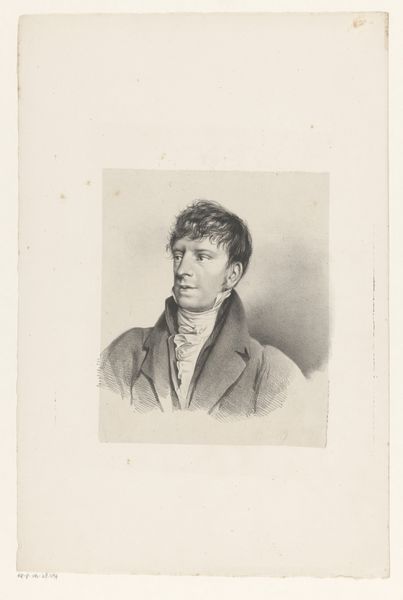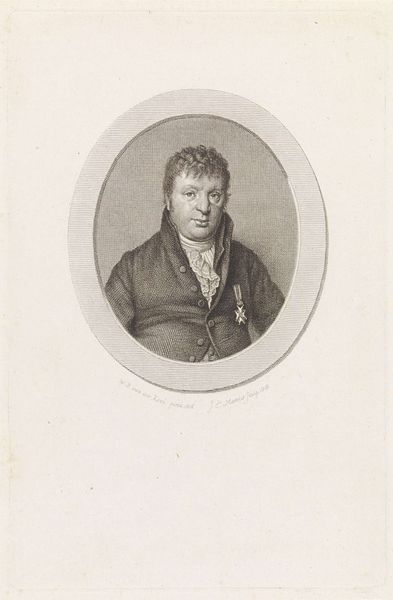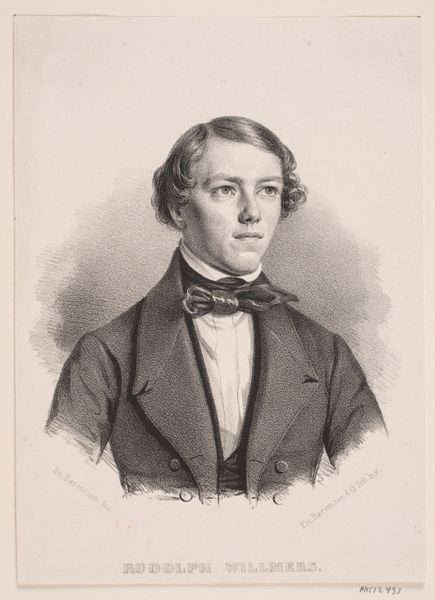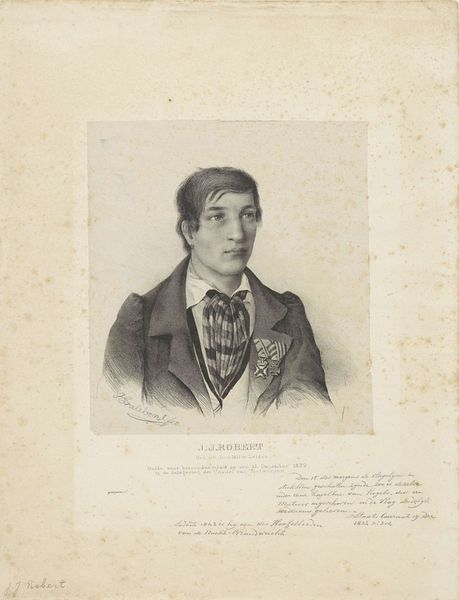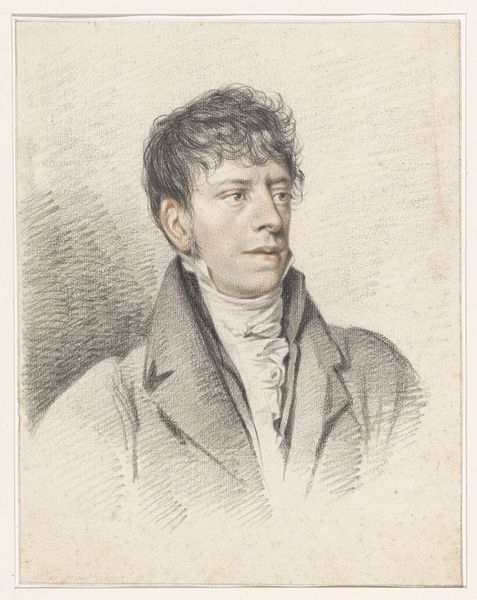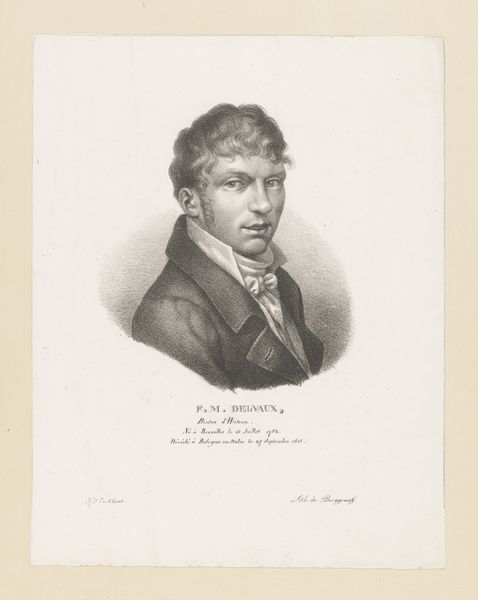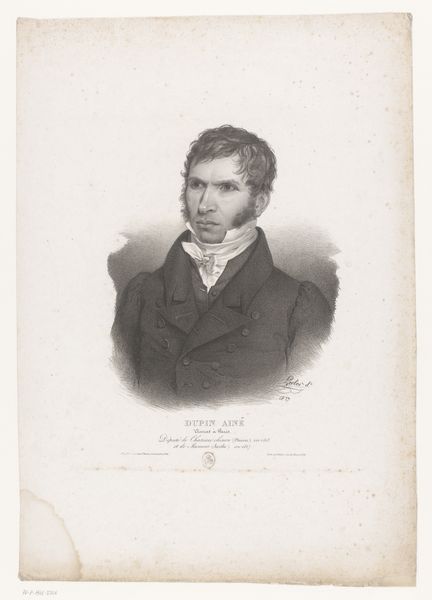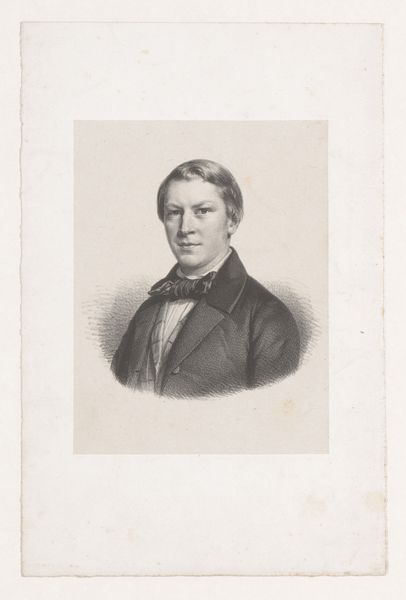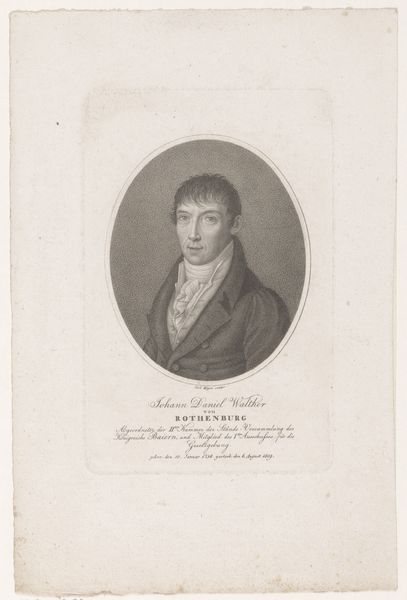
Portret van de Duitse wetenschapper Alexander von Humboldt 1787 - 1828
0:00
0:00
engraving
#
portrait
#
neoclacissism
#
pencil drawing
#
19th century
#
engraving
Dimensions: height 193 mm, width 126 mm
Copyright: Rijks Museum: Open Domain
Editor: This is a portrait of Alexander von Humboldt, the German scientist, made sometime between 1787 and 1828, and housed here at the Rijksmuseum. It’s an engraving. I’m immediately struck by how the oval shape confines him, but also softens the image. What do you see in this piece? Curator: Formally, I see a strategic deployment of line and tone. The engraver uses fine, precise lines to delineate the subject’s features, creating subtle gradations of light and shadow. Note how the oval border functions as a frame within a frame, focusing the viewer’s attention on the subject's face and torso. Editor: The detailing in his coat is impressive. What does the texture add? Curator: The materiality of the coat introduces a complexity of form and contour which contrasts against the relatively simple composition of his face. Do you observe how the artist skillfully uses hatching and cross-hatching techniques? This to produce a convincing illusion of texture and depth. Consider the overall effect of this interplay. Editor: It gives a sense of substance, even in such a light medium. I notice too how his gaze directs the eye. Curator: Precisely. The subject’s direct gaze is crucial. It creates a sense of immediacy and invites the viewer into a relationship with the depicted figure. Without the sharp focus on his expression and countenance, the image might falter. What compositional elements resonate with you most profoundly? Editor: I am most captivated by how the engraver balanced the delicate rendering of his features with the robust lines of his coat, all within the circumscribed oval. The balance makes this piece truly appealing. Curator: Yes, that balance speaks to the inherent tensions within the work. This kind of structural approach lets us tease out those underlying qualities. I’ll consider these elements further in future works.
Comments
No comments
Be the first to comment and join the conversation on the ultimate creative platform.
